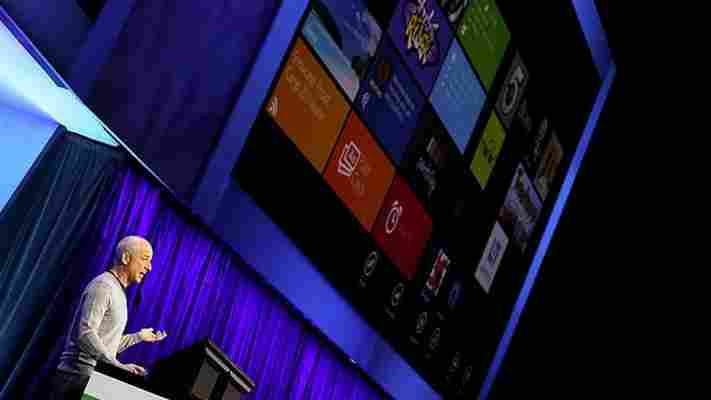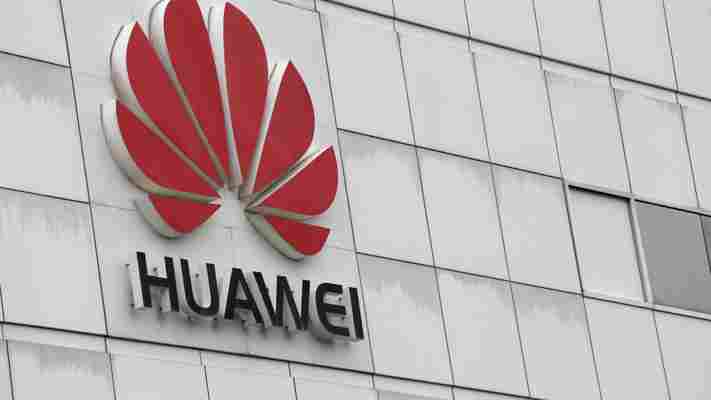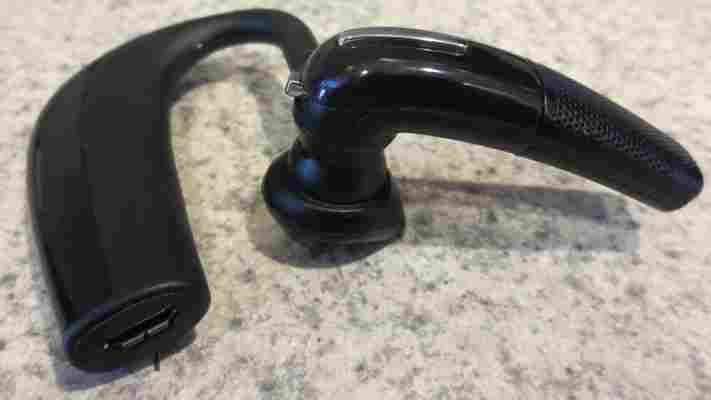Want a Windows 8 tablet? Be prepared to shell out cash for a device with a screen of about 11 inches, and a keyboard that you can quickly snap it into, which also may also be its screen protector.

Sounds like the Microsoft Surface? Well, it should, as those are just about the specs of the Surface line. They also match, roughly, what Samsung and Sony have up their respective sleeves. It’s too soon to tell if the keyboards for the devices by the two OEMs (original equipment manufacturers) will serve as screen protectors, but from the pictures, Sony’s looks promising in that regard, and Samsung’s does not.
Let’s take a short walk through each of the devices.
10.6″ screen
Snap-on keyboard that double as a screen protector. Image via Microsoft .
~11″ screen
Attachable keyboard. Image via Samsung’s Facebook page .
Will its keyboard double as a screen? If the following image of the Samsung “Series 5 Hybrid PC” that The Verge took at Computex has any relevance, probably not:
11″ screen (based on its shape, and its name)
Attachable keyboard that may double as a protector. Parse the images as you will. The following two pictures are from PocketNow , who found them and broke the news.
TNW has written extensively concerning the importance of hardware for Windows 8 to succeed. Unlike its predecessors, Windows 8 requires more than new models of current computers to survive; it demands a new class of devices from OEMs: tablets. Certainly, tablets have been built for Windows 7, and earlier versions of Windows, but they have never risen above the mediocre.
With its new interface (just don’t call it Metro), Windows 8 is built for touch, a mostly fresh input element for the Windows world*. Thus, devices that can take advantage of the added features are needed. Microsoft took a stab at the task, building the Surface. The devices from Samsung and Sony, provided that they are competitively priced, also look promising.
Their similarity is interesting, if not surprising. The Samsung Series 7 tablet , what Microsoft currently uses to show people Windows 8 most of the time, has an 11.6″ screen. Windows 8, also, is far more a horizontal than vertical experience. Thus to see these units all landing in about the same design area was perhaps predictable.
Interestingly, if the tablets that run Windows 8 are mostly convertible 11″ devices, how they will differentiate from each other becomes an important question. Pricing is an obvious area, but color, keyboard variety, and battery life are other potential points of conflict.
That in mind the basic mold of device seems to have been cast for Windows 8. As Apple moves to build a smaller tablet, Windows 8 appears set to luxuriate itself across nearly a foot of screen.
*Yes, Windows 7 supported touch and so forth, but like tablets that ran Windows 7, the feature was half-baked and better forgotten. Top Image Credit: BUILDWindows
Huawei reveals the MediaPad 7 Youth, a 7-inch 1080p Android tablet that can also make phone calls
It was spotted in an FCC filing back in June, but Huawei has today confirmed the MediaPad 7 Youth , a full HD 7-inch Android tablet aimed towards the lower-end of the market.

The latest in Huawei’s MediaPad range sports an aluminium metal unibody that’s 9.9mm thin and weighs 350g, which is sleeker, but also slightly heavier than Google’s renowned Nexus 7 tablet.
The 7-inch, 1080p display is a 10-point touchscreen, hiding an unspecified dual-core 1.6GHz processor under the hood. RAM and internal storage is also unknown at this stage, although Huawei has confirmed that it’s running a pretty stocky 4100 mAh Li-Polymer battery to take users through the day on a single charge. The company boasts that it’ll last two weeks on standby, although that means relatively little in terms of practical use.
Rather like the Fonepad unveiled by ASUS at Mobile World Congress in February this year, the MediaPad 7 Youth also supports Wi-Fi connectivity and mutiple networks on HSPA+ – thereby offering voice calls, SMS and MMS messages at all times.
The form factor means the MediaPad 7 Youth will unquestionably be regarded as a tablet – that’s how Huawei is pitching it themselves – but it’s actually a smartphone for all intents and purposes. Whether there’s a demand for such a device remains to be seen – placing a tablet to your ear never looks particular comfortable or subtle – but presumably Huawei thinks there’s a group of consumers looking for the functionality of both a smartphone and tablet in a single device.
The device will compete with the Galaxy Tab 3 , which Samsung recently launched as a 7-inch, 8-inch and 10.1-inch version, as well the deluge of larger Android smartphones already on the market.
The MediaPad 7 Youth runs on Android version 4.1, which by now is a slightly dated version of Google’s popular mobile operating system. Huawei’s hasn’t clarified, but it’s almost certainly running the company’s Emotion UI skin on top, complete with multiple themes and various exclusive apps.
Pricing is yet to be announced, but the MediaPad 7 Youth will be launched in Russia, China, Asia-Pacific, the Middle East and Europe throughout the third quarter of 2013. When more hardware specs for the device are confirmed, we’ll be sure to keep you posted.
Image Credit: Aaron tam/AFP/Getty Images
BlueAnt Connect Bluetooth headset review: A winner because price matters
If I had to pick the most exciting gadgets in the world to write about, Bluetooth headsets wouldn’t be on the list. Largely a utilitarian device, it’s difficult to get anything that’s truly different in the market, yet there are literally hundreds from which you can choose. But once in a while I see something worth writing about, and today that’s a release from BlueAnt called the Connect .

BlueAnt has been around since 2004, distributing headsets and speakerphone products, as well as mobile applications to make calling while driving a safer experience. The Connect is in line with BlueAnt’s typical offerings, combining intuitive software with particularly great hardware to provide a headset that works well while not breaking the bank.
At first glance, the Connect looks a lot like the famous Voyager from Plantronics . In fact, the large, behind-the-ear design is nearly identical to the Voyager. The controls for the Connect, however, sit on the boom rather than on the earpiece, making for an overall lighter wearing experience. A simple button, volume rocker and physical on/off switch are all of the included interface elements on the Connect. The rest of the actions are handled via a voice-activated menu that lives on the headset itself.
The connect button proved to be a handy feature. Single-button operation means that I can access pairing options, three-way calling, my phone’s native voice command and text-to-speech without having to figure out which button handled which command. The volume rocker is good, but not great. It requires a bit more pressure to operate than I’d like, and doing so often ended up with me pushing the connect button inadvertently.
In my testing with the Connect, I found the sound quality to be overall very good. While I can’t say that it’s absolutely on par with the Voyager (if we’re going to get as close as we can to apples-to-apples), it’s very close. The Connect did not seem to handle noisy situations as well as the Voyger, but generally I had no complaints about being able to hear callers, or them being able to hear me.
Battery life was excellent, exceeding the claimed 5 hours of talk and 100 hours of standby, if only slightly. I managed 5 hours 5 minutes of talk time, and 101 hours of standby. Rapid-charging technology proved great as well, taking the phone up to 50% battery life after only 30 minutes of charge time. A full charge required just shy of two hours, via a standard micro USB cable.
Now here’s the kicker – The price. The Connect runs a mere $70 via BlueAnt’s site. When you compare that to the $100 price tag of the Voyager, it’s hard to justify the extra $30 for only a modest increase in sound quality.
To wrap it up, the chances are very good that you’ll be extremely happy with the purchase of a Connect . It’s not the absolute best headset that I’ve used, but it’s a strong contender at a considerably lower price point. It’s hard to be mad at that.
